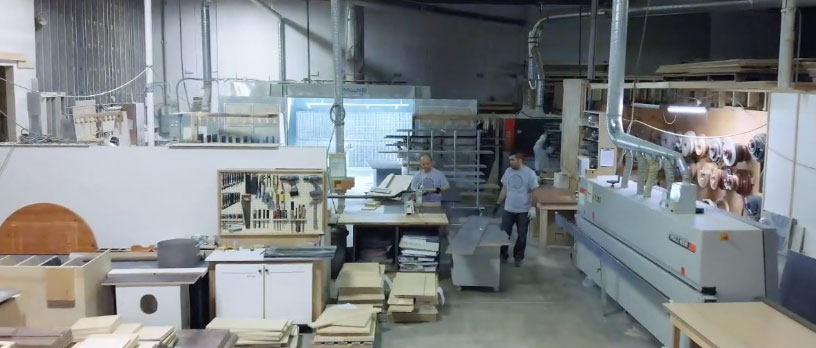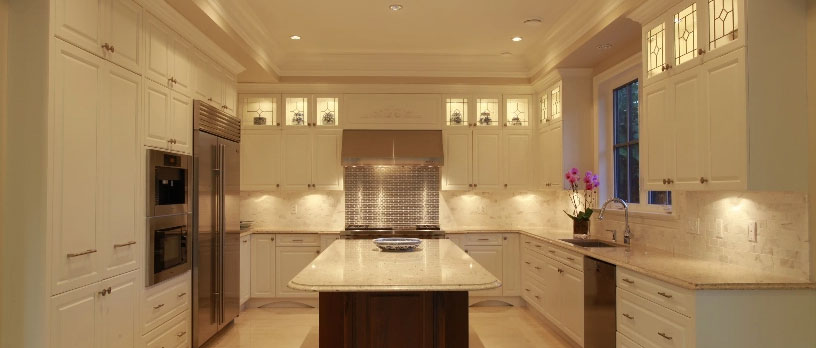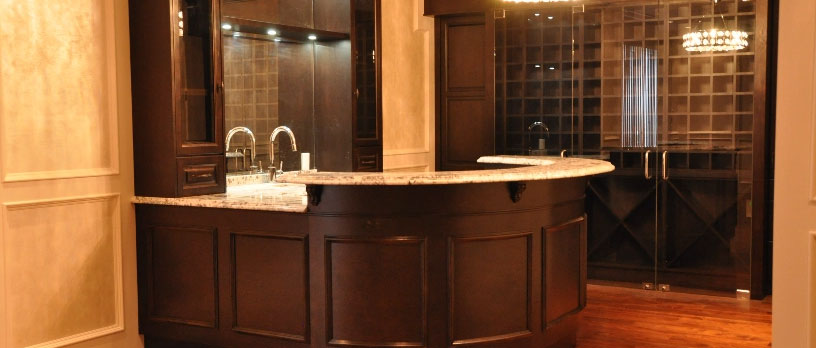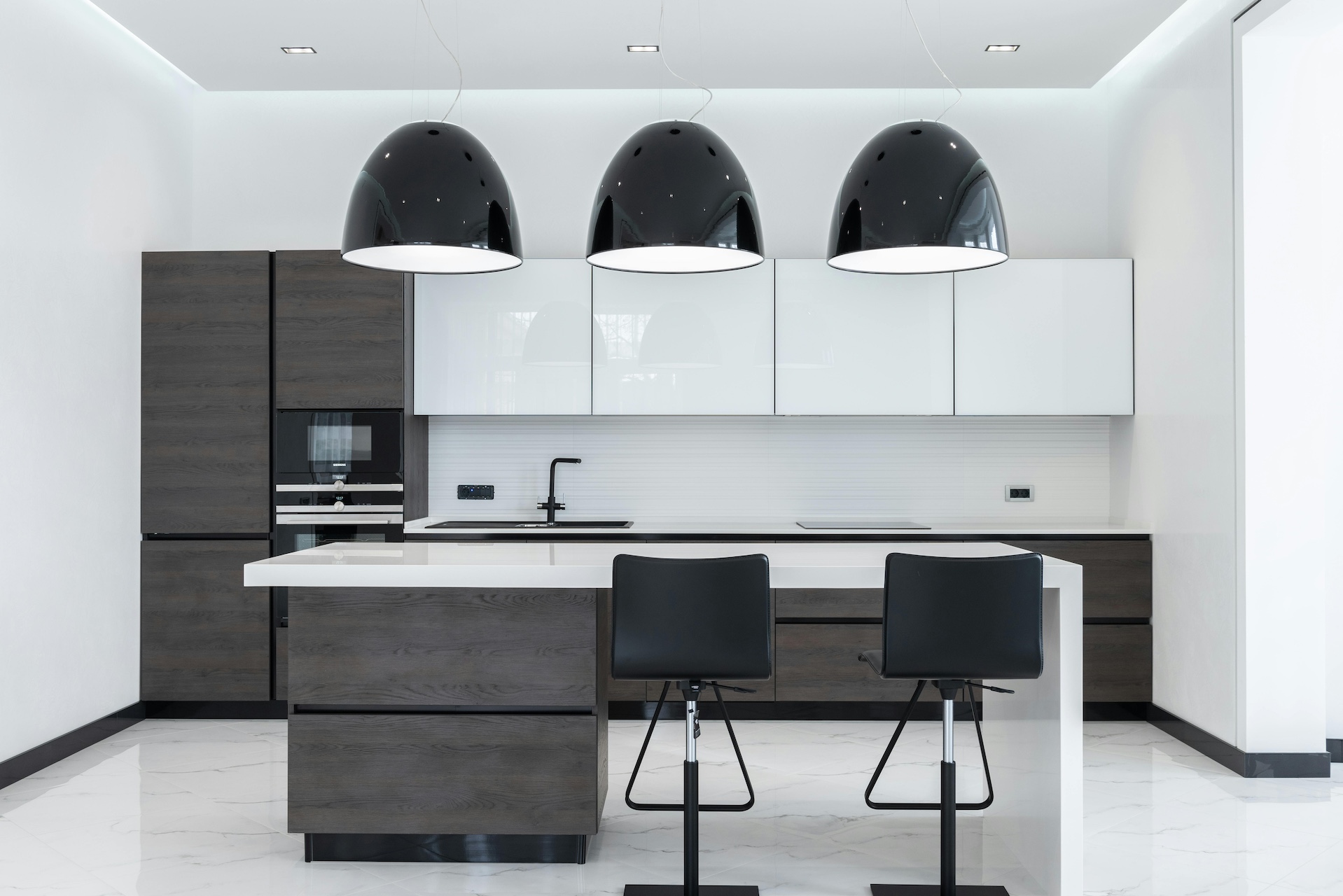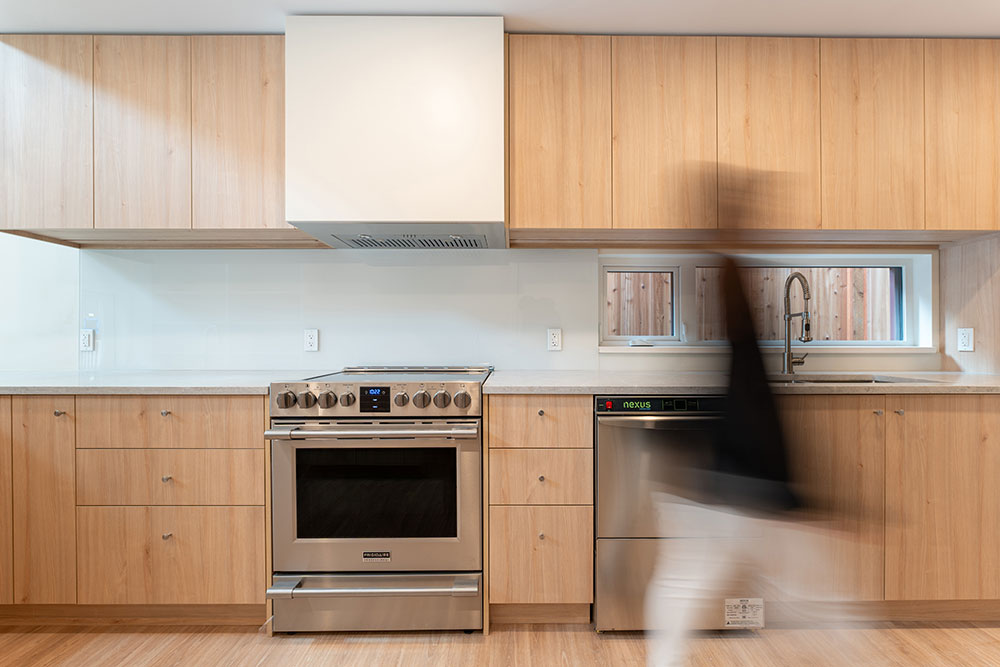Home renovation can be an exciting journey filled with surprises, challenges, and rewarding outcomes. Whether you’re a seasoned DIY enthusiast or a novice looking to update your living space, understanding the essential renovation techniques is crucial. This comprehensive guide will walk you through various aspects of home renovation, providing valuable insights and practical tips to help you achieve your desired results.
Understanding Renovation Techniques: The Foundation of Your Project
Renovation techniques form the backbone of any successful home improvement project. These techniques range from basic skills like painting and plastering to more complex tasks such as plumbing and electrical work. Mastering these techniques not only ensures a high-quality finish but also helps in maintaining the integrity and safety of your home.
Planning and Preparation: The First Step in Renovation Techniques
Before diving into any renovation project, thorough planning and preparation are essential. This involves assessing the current state of your home, identifying areas that need improvement, and setting realistic goals. Proper planning also includes budgeting, scheduling, and acquiring the necessary permits.
- Assessing Your Home: Conduct a detailed inspection to identify structural issues, outdated fixtures, or areas that need cosmetic updates. This helps in prioritizing tasks and allocating resources effectively.
- Setting a Budget: Determine how much you are willing to spend on the renovation. Consider the cost of materials, labor, and unexpected expenses. Sticking to a budget prevents overspending and financial strain.
- Acquiring Permits: Depending on the scope of your project, you may need permits from local authorities. This is crucial for ensuring that your renovation complies with building codes and regulations.
Essential Renovation Techniques for Beginners
For those new to home improvement, starting with basic renovation techniques can build confidence and skills. Here are some beginner-friendly techniques that can significantly enhance the appearance and functionality of your home.
Painting and Wallpapering: Simple Yet Impactful Techniques
Painting and wallpapering are among the most accessible renovation techniques for beginners. These tasks can dramatically transform the look of a room without requiring extensive experience or expensive tools.
- Choosing the Right Paint: Selecting high-quality paint and the appropriate color for your space is crucial. Consider the room’s size, lighting, and intended use when choosing colors.
- Preparation is Key: Proper surface preparation, including cleaning, sanding, and priming, ensures a smooth and long-lasting finish.
- Wallpaper Application: For those opting for wallpaper, understanding the correct application technique is essential. This includes measuring, cutting, and aligning the wallpaper accurately.
Intermediate Renovation Techniques: Stepping Up Your Game
Once you’ve mastered the basics, you can move on to more intermediate renovation techniques. These projects require a bit more skill and knowledge but can significantly enhance your home’s functionality and value.
Flooring Installation: A Functional and Aesthetic Upgrade
Upgrading your flooring can have a substantial impact on your home’s overall appearance and comfort. There are various flooring options, each with its own installation techniques.
- Hardwood Flooring: Installing hardwood floors involves measuring, cutting, and securing the planks. This durable and timeless option requires precision and attention to detail.
- Tile Flooring: Tile installation includes laying out the tiles, applying adhesive, and grouting. This type of flooring is ideal for kitchens and bathrooms due to its water resistance.
- Laminate Flooring: A cost-effective alternative to hardwood, laminate flooring is easier to install and maintain. It involves snapping the planks together without the need for nails or glue.
Advanced Renovation Techniques: Taking on Major Projects
For experienced renovators, advanced renovation techniques open up a world of possibilities. These projects often involve structural changes, complex installations, and professional-grade finishes.
Plumbing and Electrical Work: Essential Yet Complex Techniques
Plumbing and electrical work are critical components of any major renovation. These tasks require a high level of expertise and should be approached with caution.
- Plumbing Upgrades: Replacing old pipes, installing new fixtures, and ensuring proper drainage are key aspects of plumbing renovation. It’s essential to understand local codes and regulations.
- Electrical Installations: Updating wiring, installing new outlets, and ensuring the system can handle increased loads are vital for modernizing your home. Safety is paramount, so consider hiring a licensed electrician.
Sustainable Renovation Techniques: Going Green
Incorporating sustainable renovation techniques not only benefits the environment but can also reduce energy costs and increase your home’s value. Here are some eco-friendly practices to consider.
Energy-Efficient Upgrades: Reducing Your Carbon Footprint
Making your home more energy-efficient can lead to significant long-term savings and a smaller environmental impact.
- Insulation: Proper insulation in walls, floors, and attics reduces energy consumption by maintaining consistent indoor temperatures.
- Windows and Doors: Installing energy-efficient windows and doors minimizes heat loss and gain, enhancing comfort and reducing utility bills.
- Solar Panels: Harnessing solar energy for electricity and heating is a sustainable and cost-effective solution for reducing reliance on fossil fuels.
Eco-Friendly Materials: Sustainable Choices for Your Renovation
Choosing sustainable materials for your renovation can reduce environmental impact and promote healthier living conditions.
- Recycled Materials: Opt for materials made from recycled content, such as reclaimed wood, recycled metal, and eco-friendly insulation.
- Low-VOC Paints: Volatile organic compounds (VOCs) in traditional paints can be harmful. Low-VOC paints are safer for your health and the environment.
- Bamboo Flooring: A rapidly renewable resource, bamboo is a durable and eco-friendly flooring option.
Kitchen Renovation Techniques: Creating a Culinary Haven
The kitchen is often considered the heart of the home, and renovating it can significantly enhance your daily life and increase your property’s value. Here are some essential renovation techniques for a successful kitchen upgrade.
Cabinet Refacing and Replacement: Refreshing Your Storage
Cabinets are a focal point in any kitchen, and updating them can drastically change the room’s appearance and functionality.
- Cabinet Refacing: If your cabinet structure is still in good condition, refacing is a cost-effective option. This involves replacing the doors and drawer fronts and applying a new veneer to the existing cabinet boxes. It provides a fresh look without the expense of a full replacement.
- Cabinet Replacement: For outdated or damaged cabinets, replacement may be necessary. Choose high-quality materials like solid wood or plywood for durability and longevity. Consider custom cabinets for a perfect fit and personalized design.
Countertop Installation: Combining Style and Function
Countertops are another critical component of kitchen design, offering both aesthetic appeal and practical workspace.
- Material Selection: Popular options include granite, quartz, marble, and butcher block. Each material has its own pros and cons in terms of durability, maintenance, and cost. For instance, granite is highly durable but requires regular sealing, while quartz is low-maintenance and non-porous.
- Installation Process: Installing countertops involves precise measurement, cutting, and fitting. Professional installation is often recommended to ensure a seamless finish and proper support.
Upgrading Appliances: Enhancing Efficiency and Convenience
Modern appliances can greatly improve the functionality and energy efficiency of your kitchen.
- Energy-Efficient Models: Look for appliances with Energy Star ratings to reduce energy consumption and lower utility bills. Advanced features like smart controls and induction cooking can also add convenience.
- Proper Installation: Ensure that appliances are correctly installed and vented according to manufacturer guidelines. This is particularly important for items like dishwashers, stoves, and refrigerators to avoid potential safety hazards and performance issues.
Bathroom Renovation Techniques: Creating a Spa-Like Retreat

Bathrooms are essential spaces in any home, and a well-executed renovation can make them more comfortable and visually appealing. Here are some techniques to consider.
Tile Installation: Durable and Attractive Flooring and Walls
Tiles are a popular choice for bathroom floors and walls due to their water resistance and variety of designs.
- Choosing the Right Tiles: Ceramic, porcelain, and natural stone tiles are common options. Ceramic tiles are versatile and budget-friendly, while porcelain tiles offer enhanced durability and are ideal for high-moisture areas. Natural stone, such as marble or travertine, adds a luxurious touch but requires more maintenance.
- Installation Tips: Ensure a level surface before laying tiles, and use appropriate adhesives and grouts. Consider using large-format tiles for a modern look and fewer grout lines, which are easier to clean.
Plumbing Fixtures: Modernizing Your Bathroom
Updating plumbing fixtures can enhance both the appearance and functionality of your bathroom.
- Faucets and Showerheads: Modern faucets and showerheads with water-saving features can reduce water consumption without compromising performance. Consider finishes like brushed nickel, chrome, or matte black to match your design aesthetic.
- Toilets and Sinks: Opt for high-efficiency toilets that use less water per flush. For sinks, vessel, undermount, and pedestal styles offer different looks and installation methods. Ensure compatibility with existing plumbing to avoid complications.
Ventilation Improvements: Ensuring Air Quality and Comfort
Proper ventilation is crucial in bathrooms to prevent mold growth and maintain air quality.
- Exhaust Fans: Install a high-quality exhaust fan with adequate capacity for your bathroom size. Look for models with humidity sensors or timers for automatic operation.
- Natural Ventilation: If possible, incorporate windows or skylights to allow natural light and fresh air. Ensure they can be opened to promote airflow and reduce humidity.
Living Room Renovation Techniques: Enhancing Comfort and Style
The living room is a central gathering space in any home. Renovating this area can improve its functionality and aesthetic appeal, making it more inviting for family and guests.
Flooring Options: Choosing the Right Surface
The right flooring can set the tone for your living room and withstand daily wear and tear.
- Hardwood Floors: Hardwood offers timeless appeal and durability. Consider engineered hardwood for better moisture resistance and easier installation. Maintain your hardwood floors with regular cleaning and occasional refinishing.
- Carpeting: Carpet provides comfort and warmth, ideal for cozy living spaces. Choose high-quality, stain-resistant options for longevity and ease of maintenance. Regular vacuuming and professional cleaning are essential to keep carpets looking fresh.
- Luxury Vinyl Plank (LVP): LVP mimics the look of hardwood or stone but is more affordable and resilient. It’s water-resistant, making it suitable for homes with pets and children.
Lighting Solutions: Creating Ambiance and Functionality
Proper lighting can transform the mood and usability of your living room.
- Layered Lighting: Combine ambient, task, and accent lighting to create a versatile and inviting space. Ambient lighting, such as ceiling fixtures or recessed lights, provides overall illumination. Task lighting, like floor lamps or reading lights, targets specific areas for activities. Accent lighting highlights artwork, architectural features, or decor.
- Dimmable Lights: Install dimmable switches to adjust lighting levels according to the time of day and desired ambiance. This adds flexibility and can enhance the room’s atmosphere.
Furniture Arrangement: Maximizing Space and Comfort
Thoughtful furniture arrangement can improve the flow and functionality of your living room.
- Creating Zones: Divide the room into functional zones, such as a seating area, reading nook, or entertainment center. Use rugs, furniture placement, and lighting to define these spaces.
- Traffic Flow: Arrange furniture to facilitate easy movement and conversation. Avoid blocking pathways and ensure there’s enough space to walk comfortably around the room.
- Multi-Functional Pieces: Incorporate multi-functional furniture, like ottomans with storage, sofa beds, or modular seating, to maximize space and versatility.
Outdoor Renovation Techniques: Extending Your Living Space
Outdoor spaces are an extension of your home and can be transformed into functional and enjoyable areas for relaxation and entertainment.
Deck and Patio Construction: Expanding Your Living Area
Building a deck or patio can provide additional living space and enhance your home’s outdoor appeal.
- Material Selection: Choose durable materials like composite decking, natural wood, or pavers. Composite decking requires less maintenance, while natural wood offers a classic look. Pavers are versatile and can be arranged in various patterns.
- Design Considerations: Plan the layout to accommodate seating, dining, and cooking areas. Incorporate features like built-in seating, planters, and lighting to enhance usability and aesthetics.
Landscaping Techniques: Creating a Beautiful and Functional Yard
Landscaping can significantly impact your home’s curb appeal and outdoor enjoyment.
- Plant Selection: Choose plants that thrive in your climate and suit your desired maintenance level. Incorporate a mix of trees, shrubs, flowers, and ground cover for visual interest and biodiversity.
- Hardscaping Elements: Add hardscaping features like walkways, retaining walls, and garden beds to structure your landscape. Use materials that complement your home’s exterior and are durable for outdoor conditions.
- Water Features: Consider adding water features like fountains, ponds, or waterfalls to create a soothing ambiance and attract wildlife.
Outdoor Lighting: Enhancing Safety and Ambiance
Proper lighting can make your outdoor spaces more usable and inviting after dark.
- Pathway Lighting: Install pathway lights to illuminate walkways and enhance safety. Solar-powered options are eco-friendly and easy to install.
- String Lights: Use string lights to create a cozy and festive atmosphere. They can be hung on trees, pergolas, or along fences.
- Spotlights and Floodlights: Highlight architectural features, landscaping, or outdoor living areas with spotlights and floodlights. Opt for LED fixtures for energy efficiency and longevity.
Transform Your Space with Professional Kitchen Renovation in Vancouver
Embarking on a kitchen renovation in Vancouver can be a transformative experience that enhances both the functionality and aesthetic appeal of your home. By partnering with a professional renovation service, you can ensure that your kitchen remodel is executed with precision and attention to detail. From planning and design to the final installation, a professional team will guide you through every step of the process, ensuring your vision becomes a reality. Whether you are looking to update outdated fixtures, increase storage space, or create a more open and inviting layout, a kitchen renovation in Vancouver can significantly elevate your home’s value and comfort.
Elevate Your Home with Custom Kitchen Cabinets
Custom kitchen cabinets are a cornerstone of any high-end kitchen renovation, offering both functionality and style tailored to your specific needs. Unlike mass-produced cabinetry, custom cabinets are designed to fit your space perfectly, utilizing every inch efficiently while reflecting your personal taste. They allow for unique configurations, high-quality materials, and exquisite craftsmanship that stand the test of time. Explore the possibilities of transforming your kitchen with bespoke solutions by visiting the custom kitchen cabinet options available through trusted providers. Custom cabinets not only enhance the beauty of your kitchen but also provide practical storage solutions, making your kitchen more organized and enjoyable to use.

